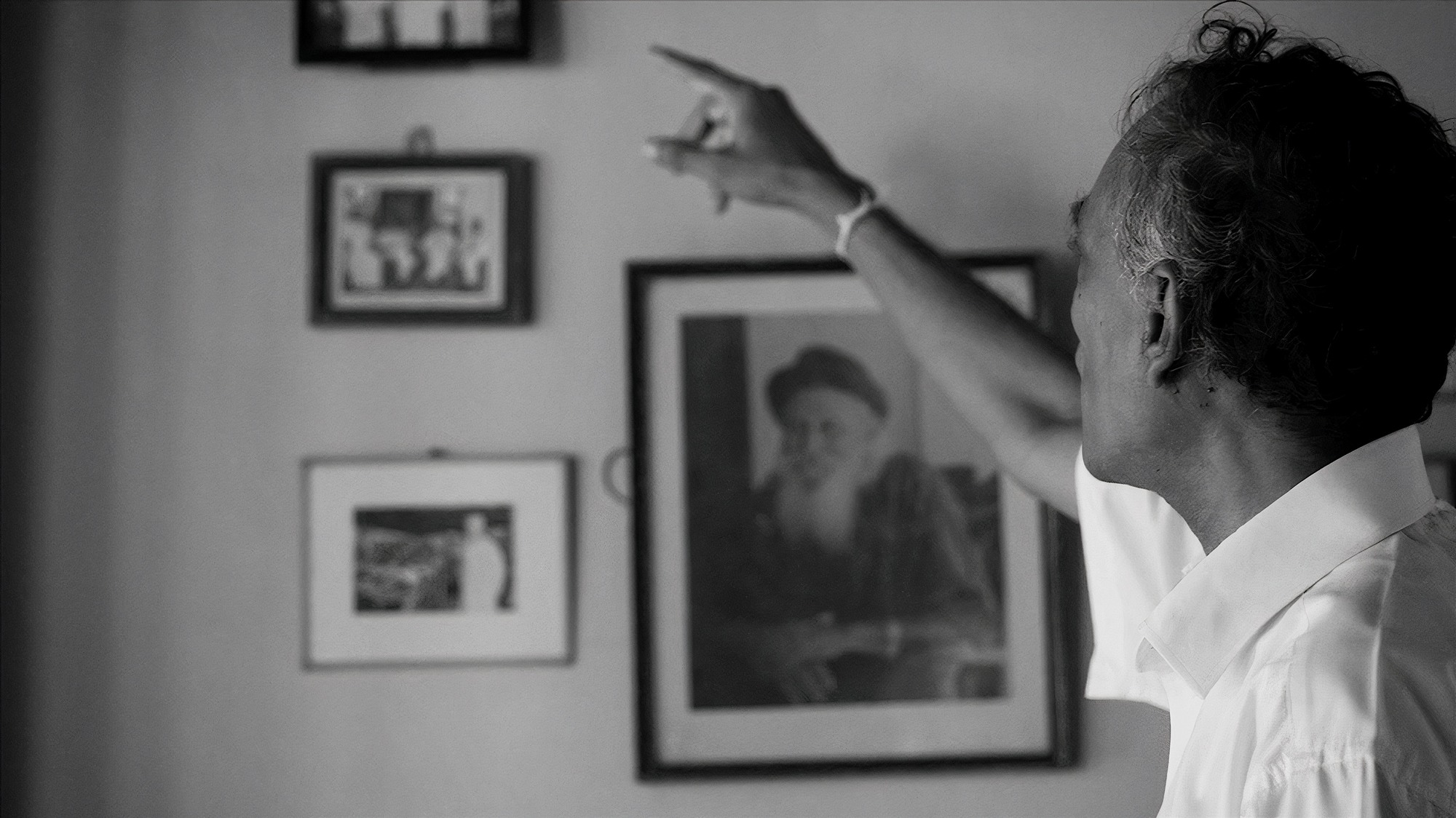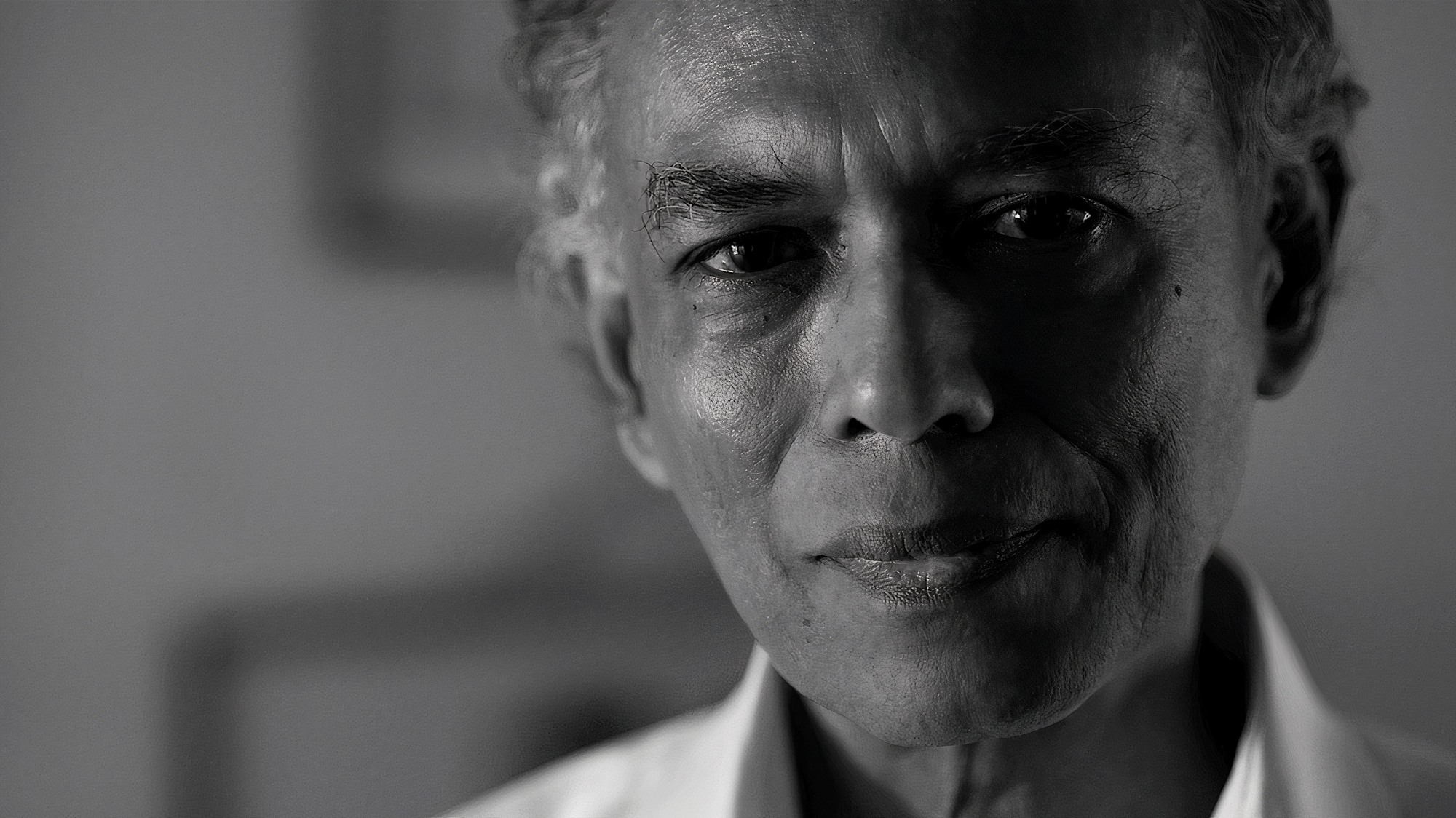The Private Secretary
Parakrama Dahanayake
Parakrama Dahanayake recalls his earlier role as private secretary to his late uncle and former Prime Minister Wijeyananda Dahanayake, one of Sri Lanka’s unique political characters, and reflects on his decision to finally enter local politics.


Transcript and translations
Language
Subjects discussed
Fortunately or unfortunately, I was born into that family
My late uncle, Dr Wijeyanantha Dahanayaka, was perhaps for about fifty years the pivotal political character in Galle. Not only in Galle, but maybe the whole of the south. I was fortunately or unfortunately… (Laughter) I was born into that family and I was part of that house. And I also became part of his political life.
It almost came automatically. I started helping him with the secretarial work and also with some of the organisational work in the electorate.
He was a unique person. Because on the one side, he never went after any acquisition of wealth or any personal benefits. He was more or less totally dedicated to serving the people. During that time, there were a lot of cases, where senior politicians used to groom their children, their family members to put them into political positions. But my uncle never wanted to do that (Laughter).
I must be honest here. There were times that I also felt that I should also have a better deal from him. There was a time, that was later, when he was Minister of Cooperatives. I was his private secretary again. During that time, all the private secretaries of cabinet ministers at that time had government vehicles allocated to them. I did not have (Laughter). I asked the ministry secretary then, why I am not given a vehicle. So he said, “Well, the thing is we talked to the minister and he was not very keen on giving you a vehicle”. (Laughter). It was his way.
Even after his retirement from politics. I was very close to him. I was looking after him even when he was hospitalised after a fall. You can say I miss him, but of course he lived a full life. He was ninety-four when he died. And I am very happy and very proud that I was part of his life and I was able to help him in various ways.



Comments
Leave a comment